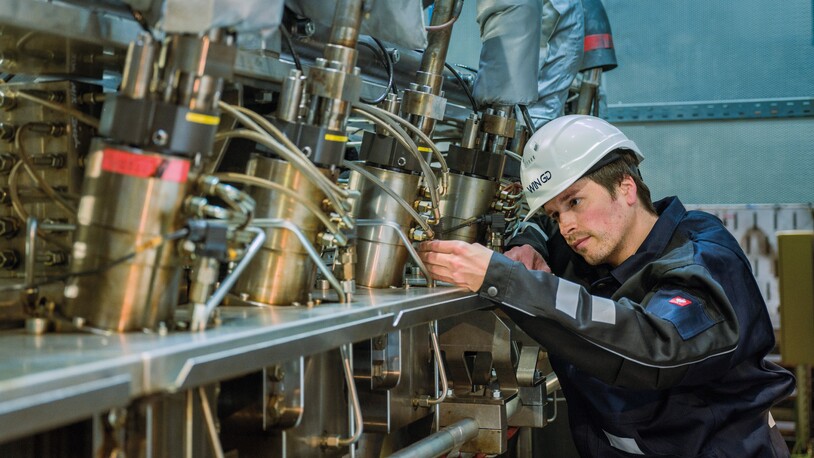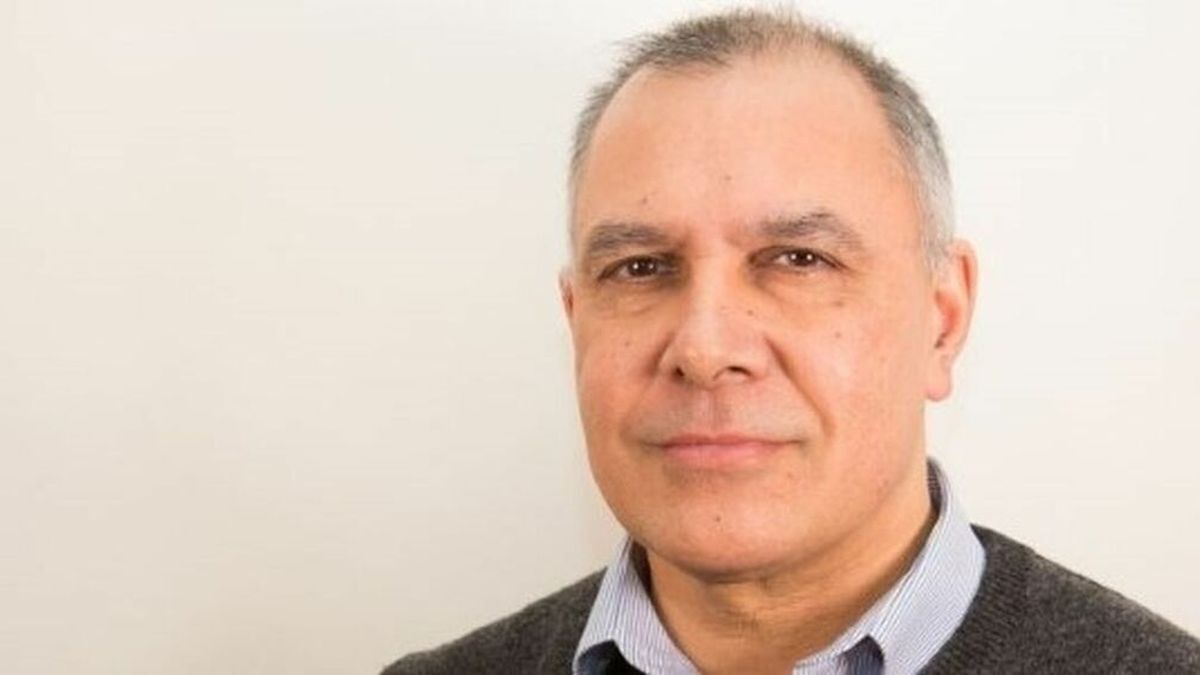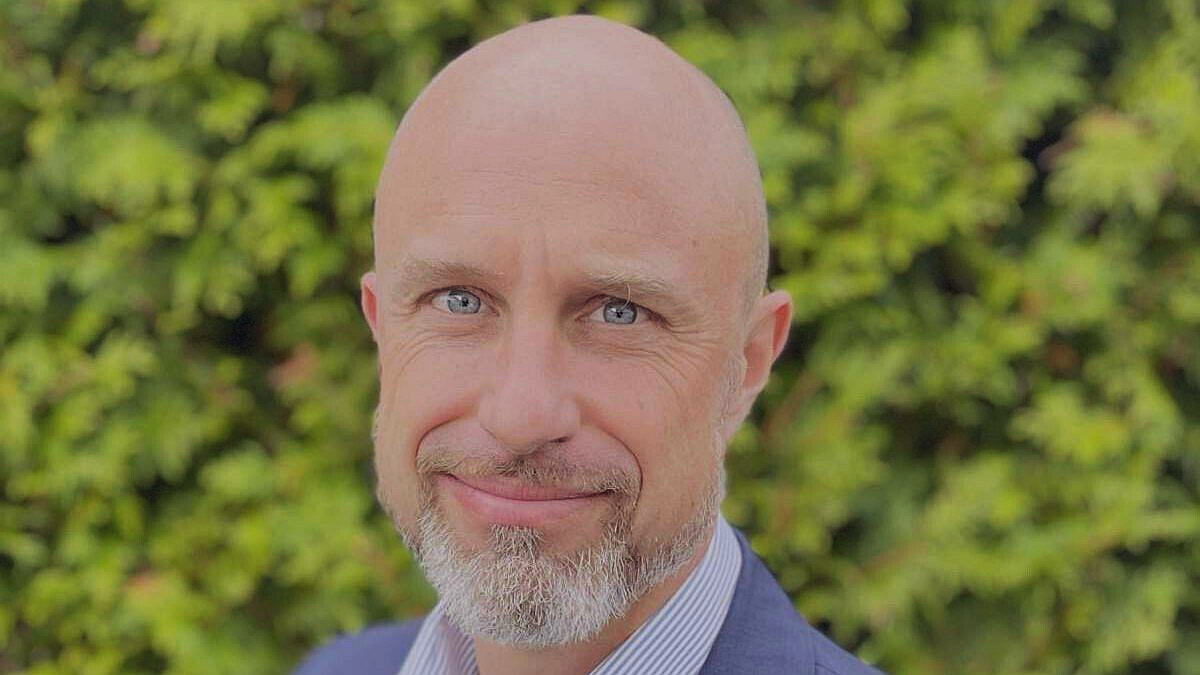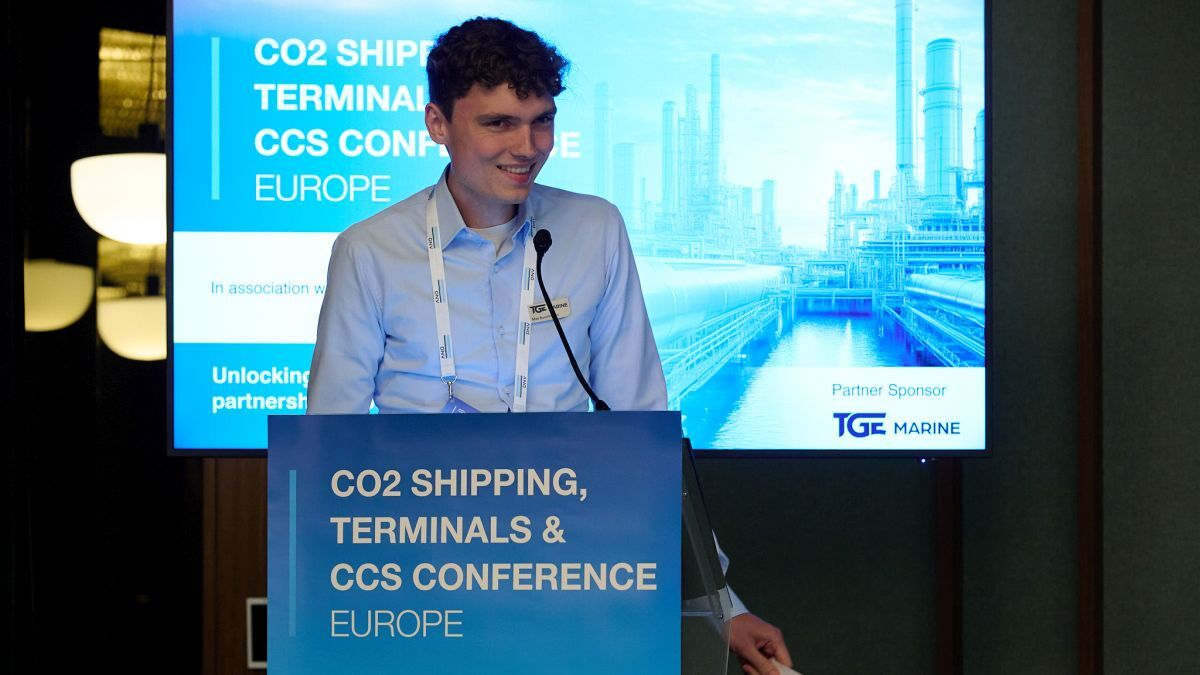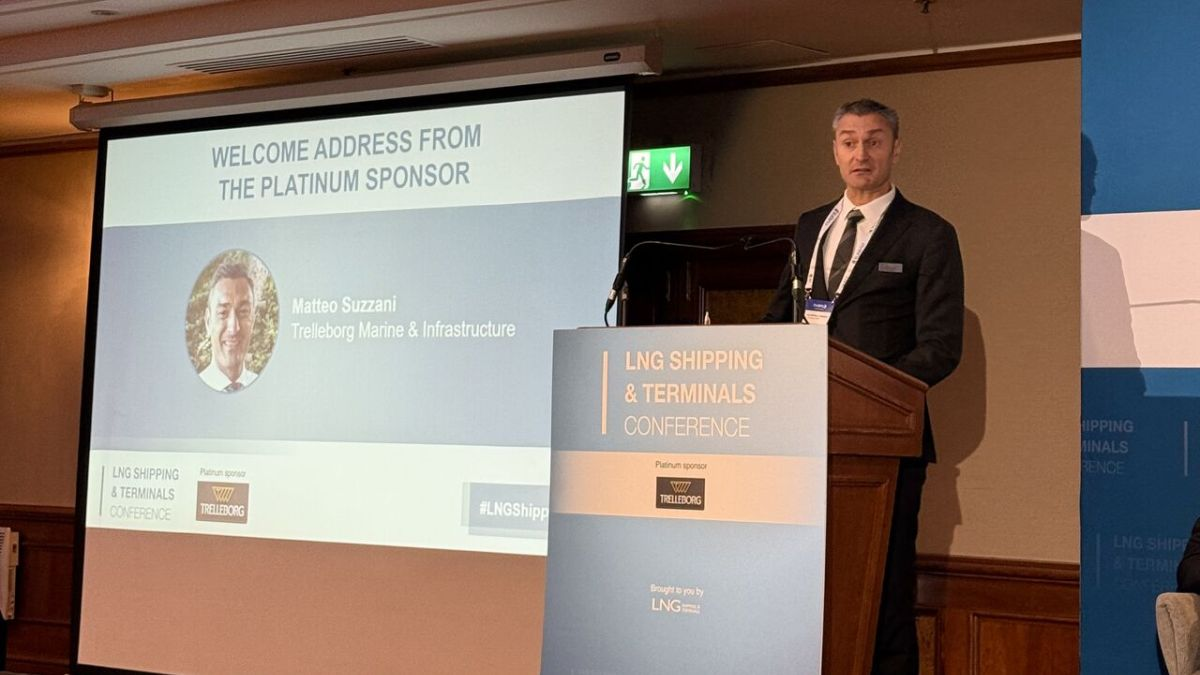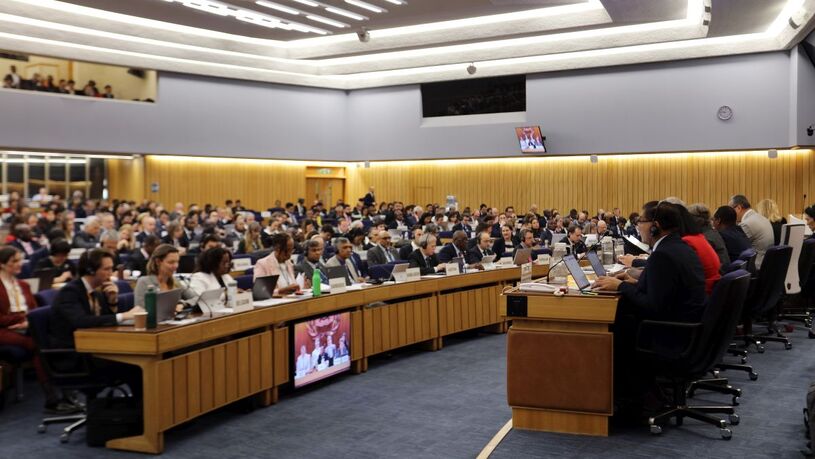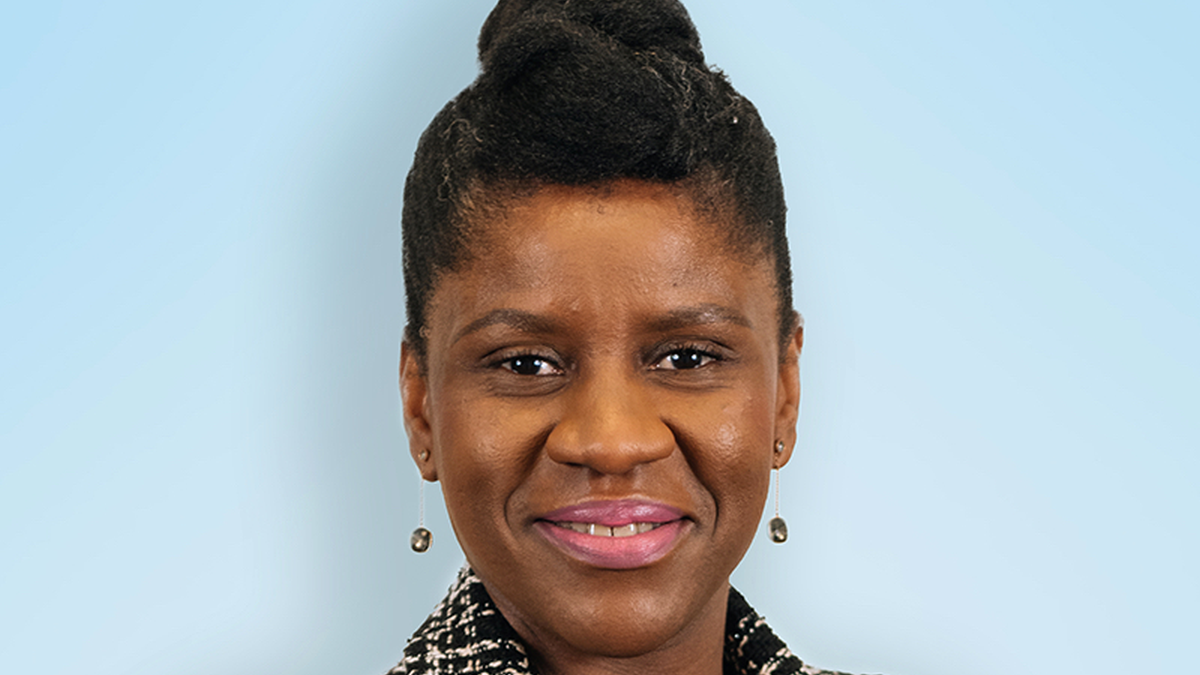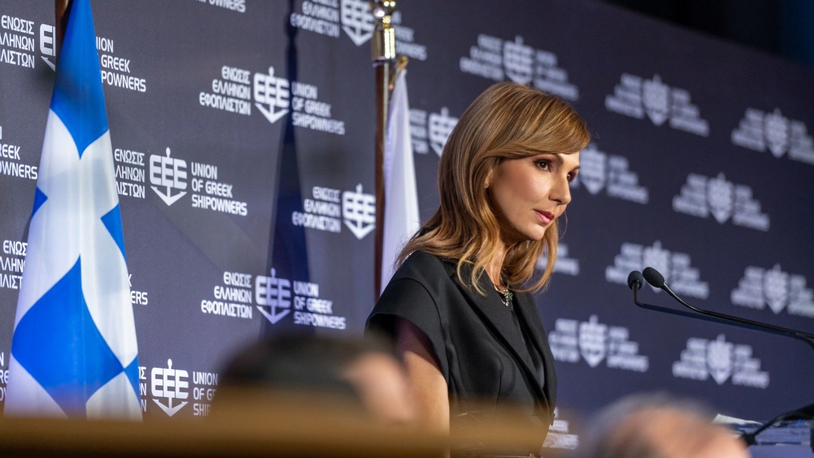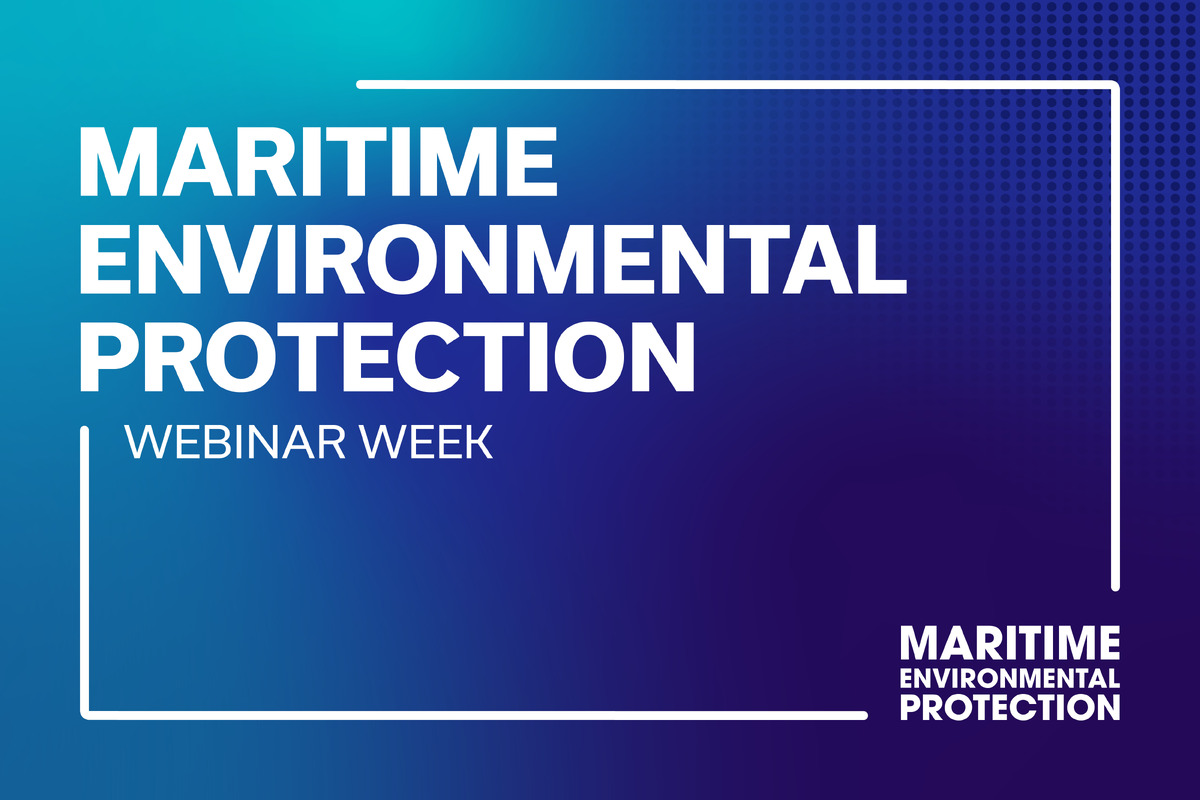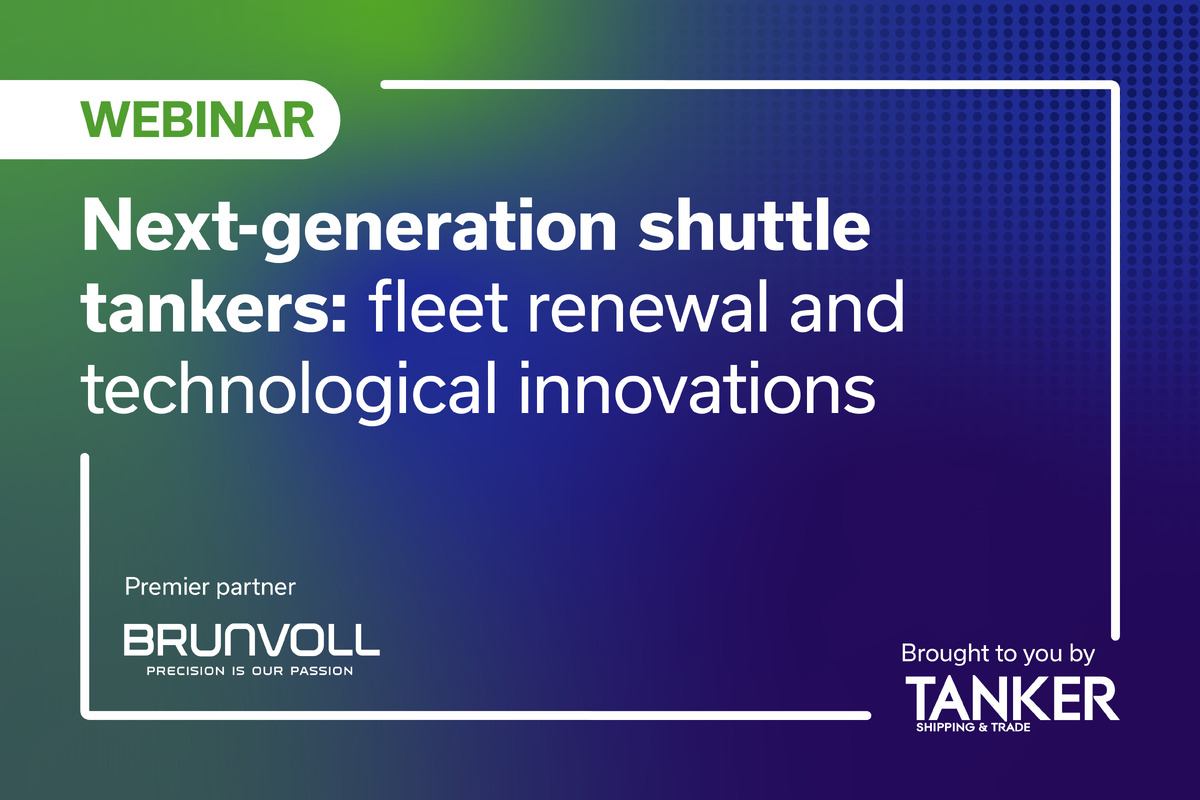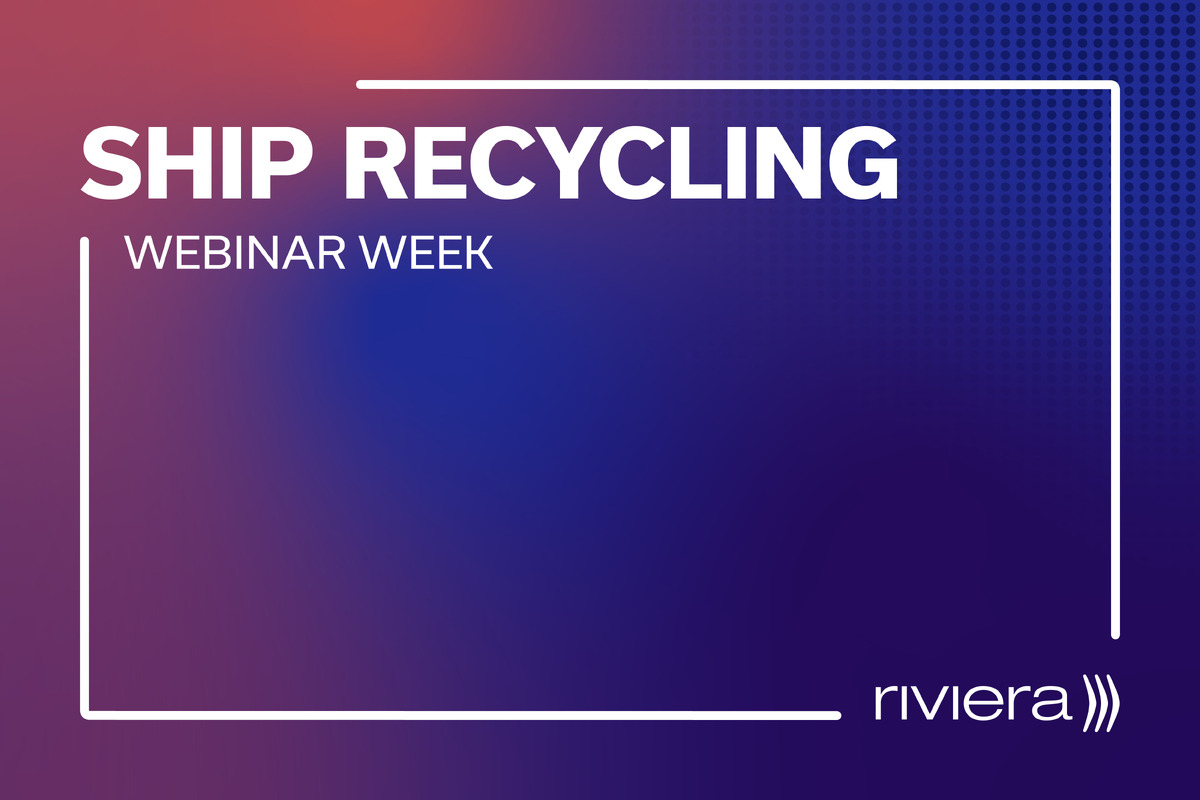Business Sectors
Events
Marine Coatings Webinar Week
Contents
Register to read more articles.
Has IMO called time on ballast water treatment?
The D-2 standard’s success from September 2024 will determine the longevity of ballast water treatment as a regulatory focus
Concern over the management of ballast water has shaped international regulations and technological advancements for decades. Yet, as we look to the future, the question arises: is ballast water treatment fading as a pressing issue at IMO, or is it poised for renewed focus?
When this question was posed to the new IMO secretary general, Arsenio Antonio Dominguez Velasco, in 2024, he replied it was an issue that was close to his interests – he had previously been chair of the Marine Environment Protection Committee (MEPC).
His previous role coincides with past Ballast Water Treatment Technology Comment pieces, which on reflection, provide a nuanced understanding of the industry’s trajectory. In 2019, the concept of the "weaponisation" of environmental legislation was discussed, highlighting the challenges in retrofitting systems and navigating regulatory hurdles. As noted, the implementation of ballast water treatment technologies was compared to "forming an Olympic ice hockey team from professional footballers, boxers, golfers, and cricketers – all skilled at their particular disciplines but not as good as starting off with members of the NHL." This analogy underscores the complexity and diverse expertise required to tackle ballast water issues.
The 2020 Comment addressed a ballast water treatment industry grappling with unprecedented global events. The COVID-19 pandemic and the US federal shutdown disrupted the installation of ballast water systems and delayed type-approvals. Despite these challenges, the industry adapted, with ongoing efforts to achieve USCG type-approvals and comply with IMO’s revised G8 standards.
By 2021, there were growing concerns about the downgrading of ballast water issues on the IMO agenda. Key items were deferred, and the focus shifted to other environmental regulations. The first SGS Australia study revealed significant compliance issues with ballast water standards, suggesting a need for contingency plans and further regulatory guidance.
In 2022, the call for regulatory consistency became more pronounced. The need for real-life testing of ballast water systems was stressed, alongside concerns about diverting resources to other environmental priorities. The comparison to the regulation of inert-gas systems on tankers illustrated the potential consequences of inconsistent regulatory approaches.
The 2023 Comment piece highlighted the enduring significance of ballast water issues at IMO meetings, despite the looming deadlines for D-2 standards compliance. The discussions at MEPC meetings and the need for global guidelines on challenging water quality remained critical
However, innovations in ballast water treatment systems continue to evolve. The integration of skid-mounted BWMS in Grain de Sail II, a wind-powered cargo ship, exemplifies the application and intersections of advanced technologies in sustainable shipping. Additionally, the recent introduction of evolutionary BWMS offers from Alfa Laval, with enhanced performance and compliance with evolving regulations, indicates ongoing technological advancements in the industry.
On the negative side, mention has to be made of one constant over the last few years – the future regulatory uncertainties in North America and the intersection of regulations in the Great Lakes. This will surely result in the growth of Ballast water as a Service.
So, is this the long goodbye to ballast water treatment as an issue at IMO? The latest SGS studies (and other work) continues to highlight the industry’s struggle to meet D-2 standards and with compliance due on 8 September 2024, just weeks before MEPC 82, the answer has to be, ‘no’. Ballast water treatment as a topic at IMO has a good few years yet to run yet.
Related to this Story
Events
Marine Coatings Webinar Week
Maritime Environmental Protection Webinar Week
Ship Recycling Webinar Week
© 2024 Riviera Maritime Media Ltd.

